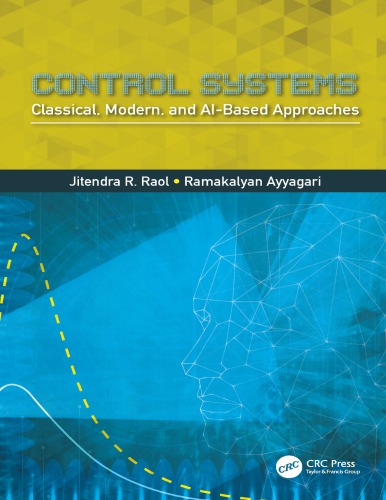

Most ebook files are in PDF format, so you can easily read them using various software such as Foxit Reader or directly on the Google Chrome browser.
Some ebook files are released by publishers in other formats such as .awz, .mobi, .epub, .fb2, etc. You may need to install specific software to read these formats on mobile/PC, such as Calibre.
Please read the tutorial at this link. https://ebooknice.com/page/post?id=faq
We offer FREE conversion to the popular formats you request; however, this may take some time. Therefore, right after payment, please email us, and we will try to provide the service as quickly as possible.
For some exceptional file formats or broken links (if any), please refrain from opening any disputes. Instead, email us first, and we will try to assist within a maximum of 6 hours.
EbookNice Team

Status:
Available4.7
22 reviewsControl Systems: Classical, Modern, and AI-Based Approaches provides a broad and comprehensive study of the principles, mathematics, and applications for those studying basic control in mechanical, electrical, aerospace, and other engineering disciplines. The text builds a strong mathematical foundation of control theory of linear, nonlinear, optimal, model predictive, robust, digital, and adaptive control systems, and it addresses applications in several emerging areas, such as aircraft, electro-mechanical, and some nonengineering systems: DC motor control, steel beam thickness control, drum boiler, motional control system, chemical reactor, head-disk assembly, pitch control of an aircraft, yaw-damper control, helicopter control, and tidal power control. Decentralized control, game-theoretic control, and control of hybrid systems are discussed. Also, control systems based on artificial neural networks, fuzzy logic, and genetic algorithms, termed as AI-based systems are studied and analyzed with applications such as auto-landing aircraft, industrial process control, active suspension system, fuzzy gain scheduling, PID control, and adaptive neuro control. Numerical coverage with MATLAB® is integrated, and numerous examples and exercises are included for each chapter. Associated MATLAB® code will be made available.